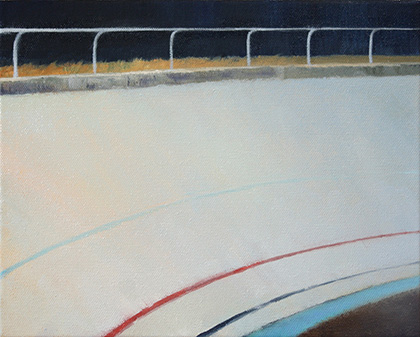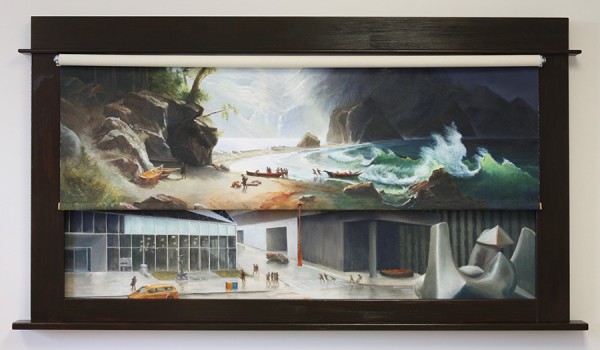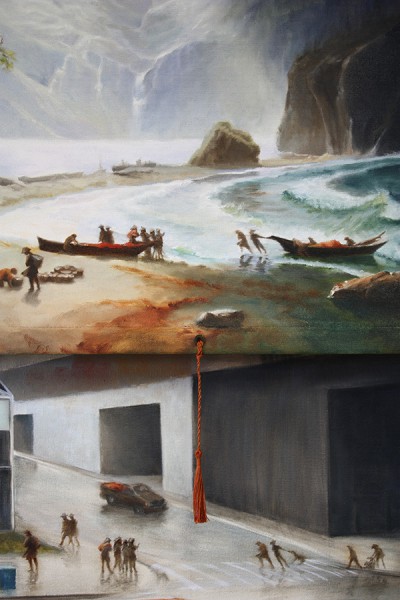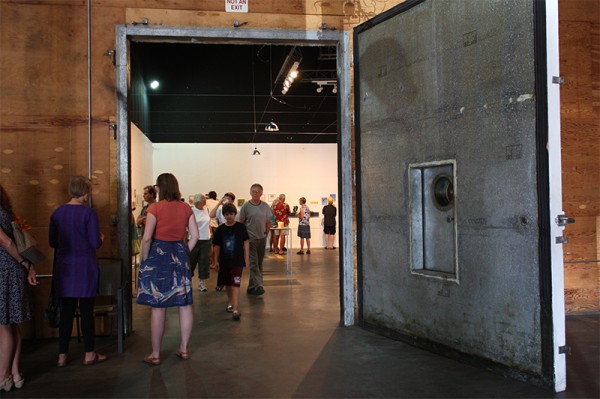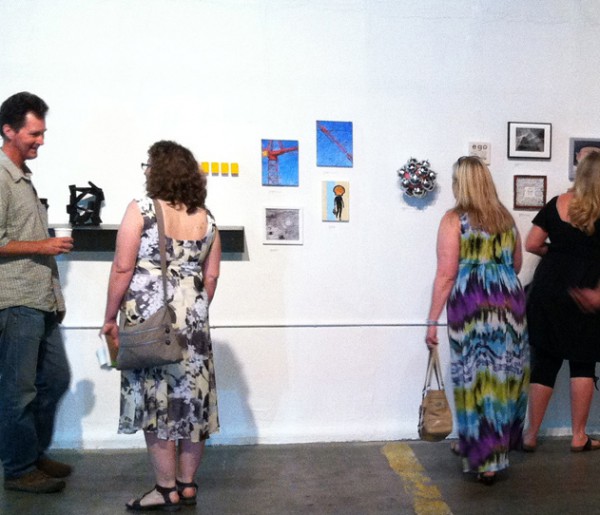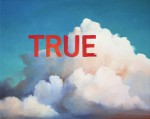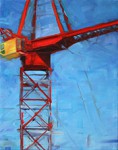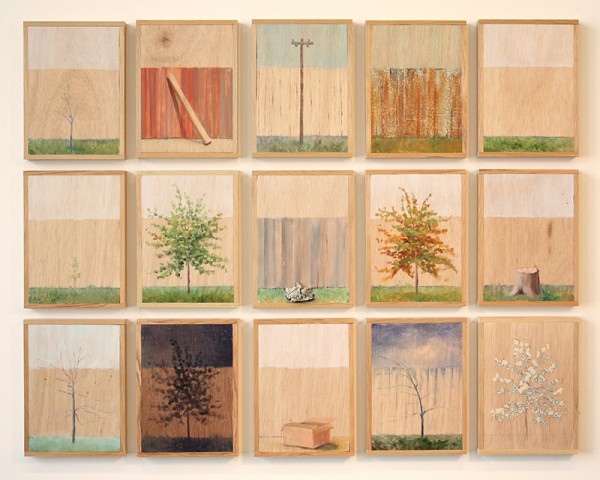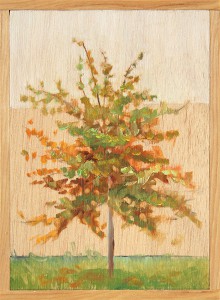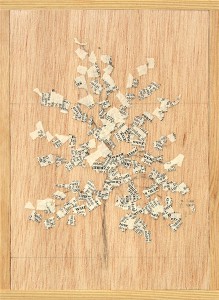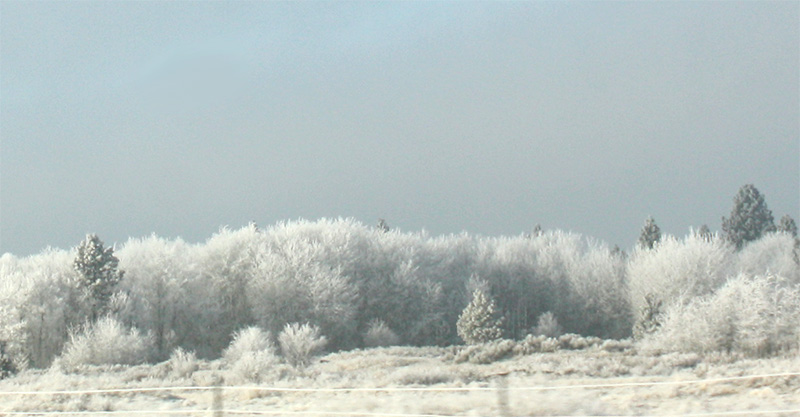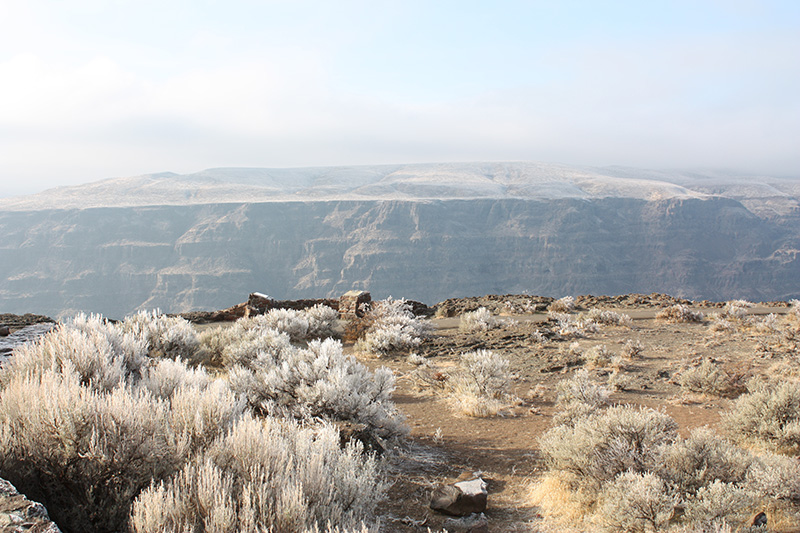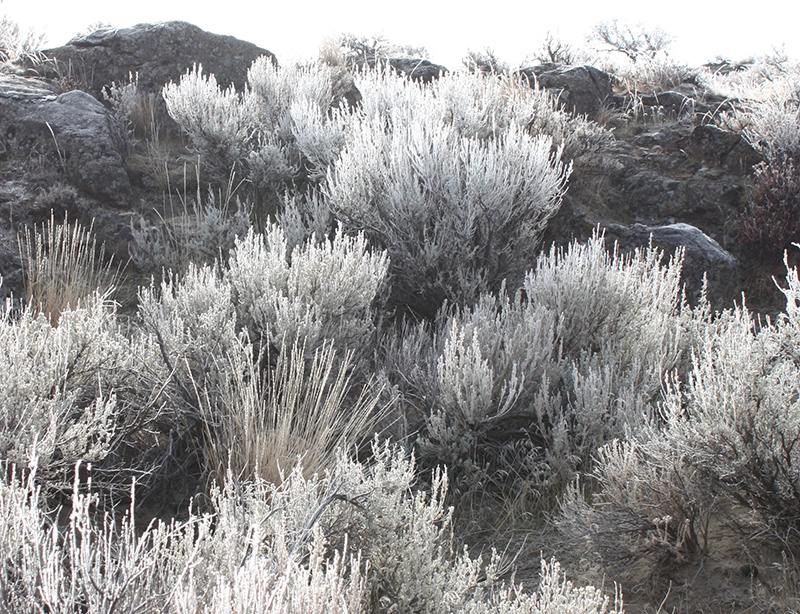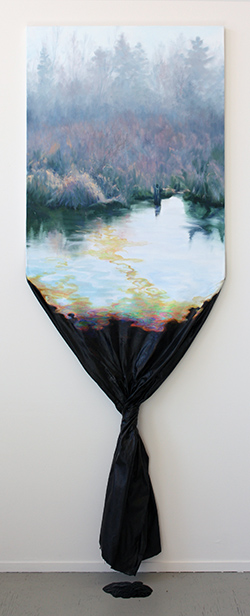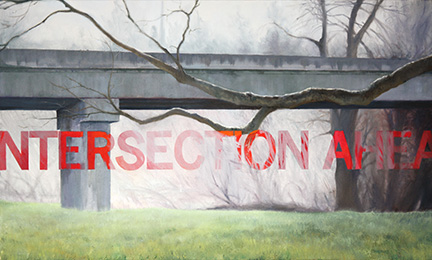The Northwest Museum of Arts & Culture is showing two exhibits of contemporary art through January 7.
Need|Want is a juried show “addressing ways contemporary American society assigns value.”
I am always interested in the ways a curator and other artists interpret a show theme.
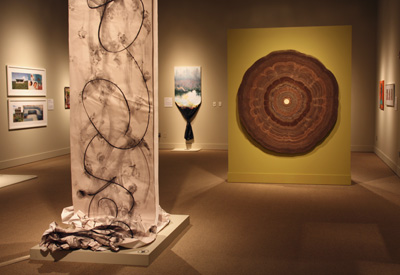
The mediums ranged from painting and printmaking to video and and performance artifacts. The subject matter spanned the very personal to global environmental and economic trends. I was particularly drawn to several works that seemed to relate to matters I’m thinking about now.
Tim Oberst’s piece A Sand County Almanac (the rosette in the gallery view above) looked like a large timber cross-cut, but on closer inspection was formed of corrugated cardboard strips. Pre- and post-consumer states. It made me think of Karen Rudd‘s stunning old-growth stumps built from cardboard scrap, but felt delicate and airy instead of massive.
Rik Nelson’s clever Fortress is a patchwork of post-consumer aluminum and plastic.
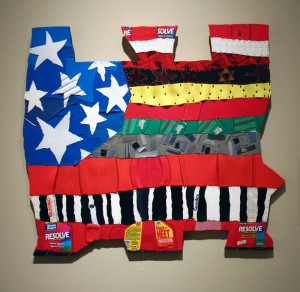
Rik Nelson, "Fortress", 2003
The rearrangement of “open” to “nope” in Benjamin Sloat’s piece appeals to my sarcastic side.
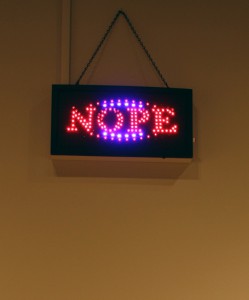
Benjamin Sloat, "Nope," 2010
Of course every artist wants to see how their own work is hung in a group show. I was delighted to see the installation of Spill, and glad to see it in this company.
The second contemporary show is Territory: Generational Triptychs, and the premise is intriguing. Pairs of artists, one established and one emerging, were matched up according to some similarity in their background, subject or themes. Selections of each artist’s individual work were shown, and additionally they were asked to create a collaborative work especially for the show. Artist pairings were eclectic, including a father-daughter pair, and a visual artist matched with a poet.
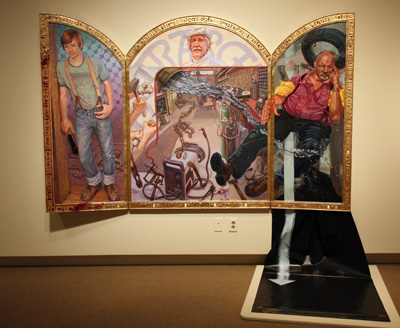
Austin Stiegemeier & Ken Spiering, "Passing the Torch", 2011
Austin Stiegemeir and Ken Spiering created a stunning collaboration. They have worked together before, and their combination of deep experience and youthful daring result in a brilliant execution, playing successfully with both illusionistic and actual space. I am inspired by this piece.
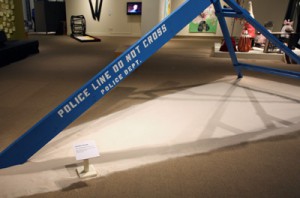
Juventino Aranda, "The Southwestern Front", 2010
Juventino Aranda’s work, in contrast, is very stark in execution, but I was struck by the strong concepts and commentary on social justice. I also appreciate the MAC’s willingness to pour sand on the carpet.
